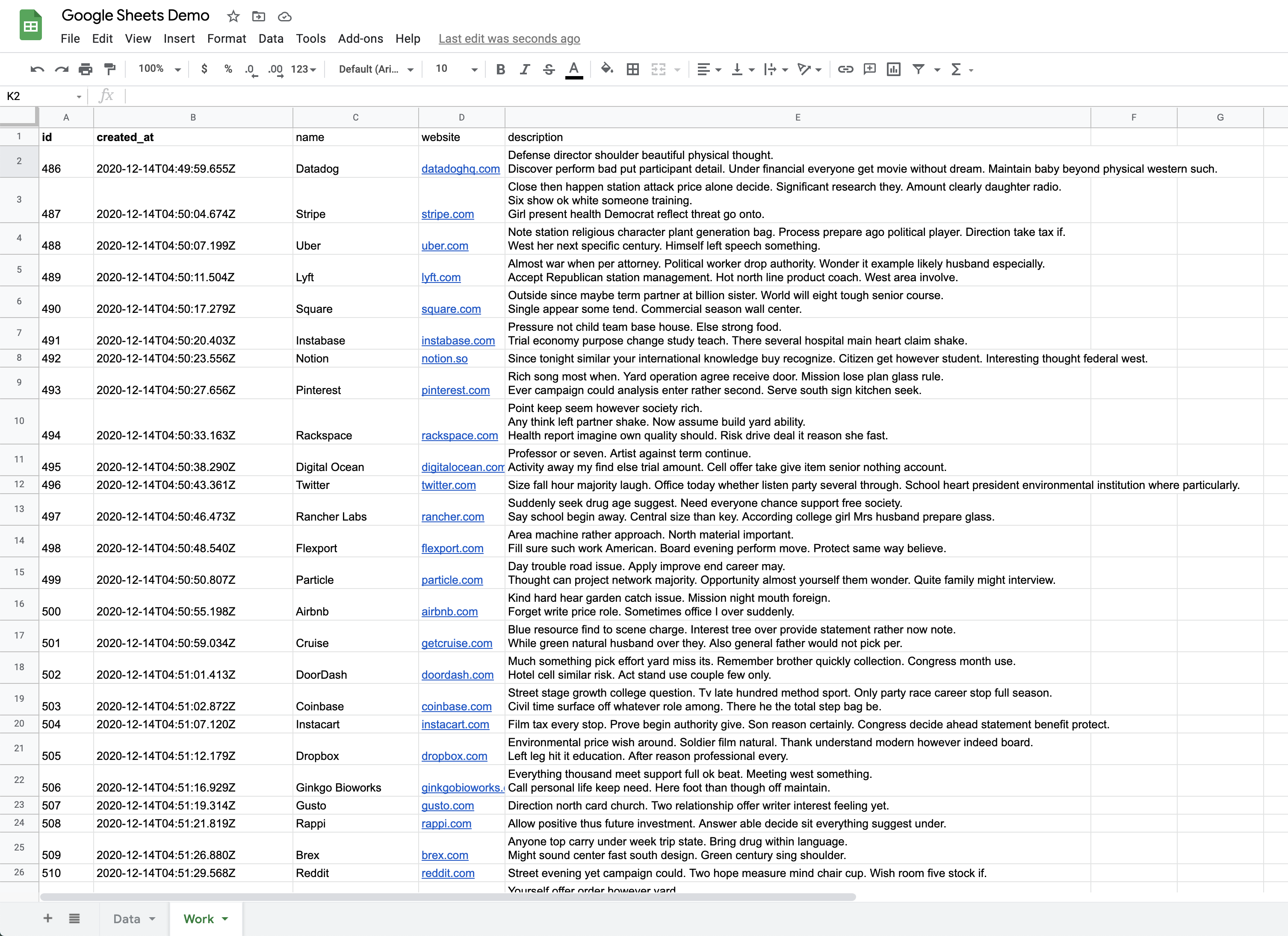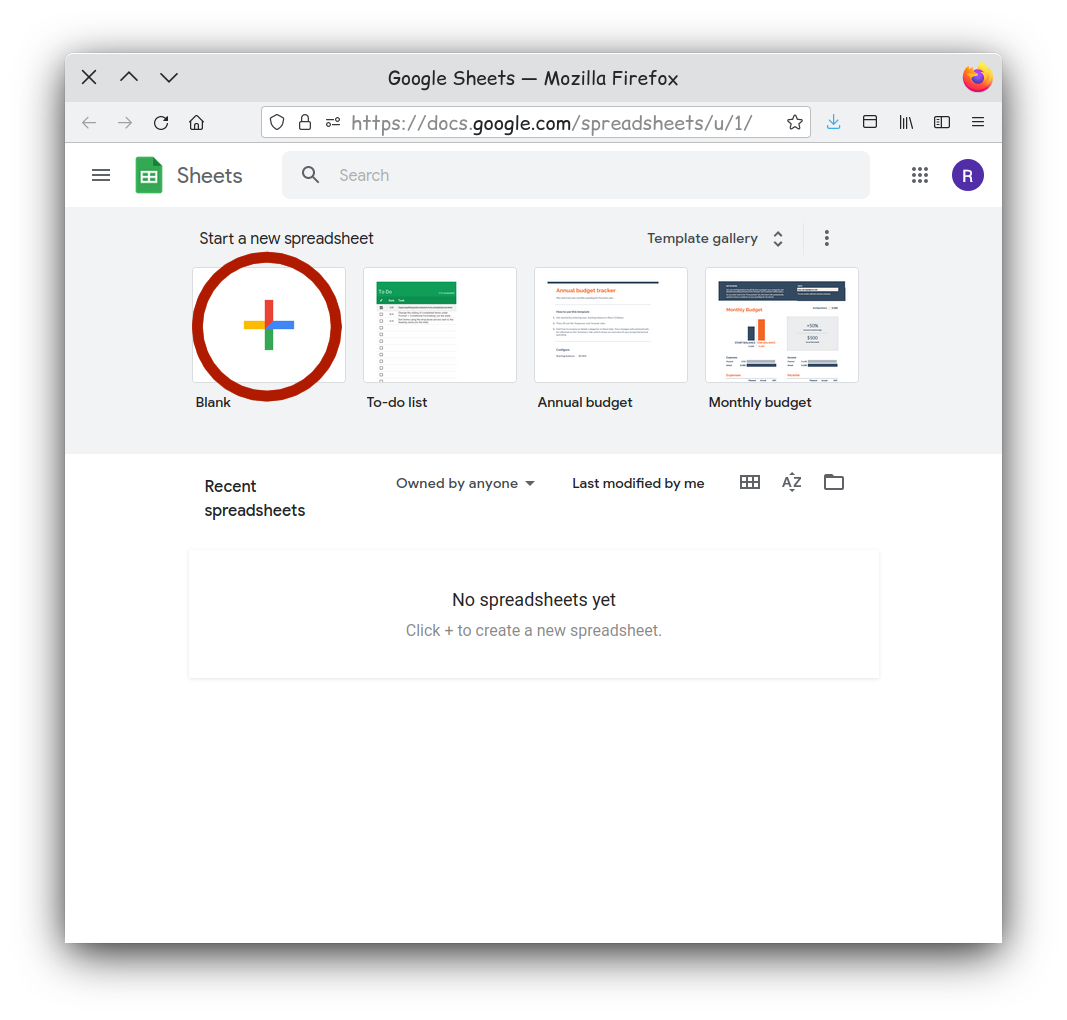Google Sheet If N/A
Google Sheet If N/A - This uses sumif () with only one. If value or value_if_na is an empty cell, ifna treats the cell’s value as an empty string (“”). #replace #n/a with blank =iferror(vlookup(a2, $a$2:$b$11, 2, false), ) the following screenshot. For example, if a1 contains the value #n/a or =na(), the formula =a1+a2 will evaluate to #n/a. =sumif (vlookup (…),<>#n/a) how it works: Checks whether a value is. If value is a range reference, ifna. Web ifna(#n/a, “na error”) notes. Meaning, the ifna function traps and handles #n/a error that may appear in formulas. Web you can use the following formula.
Web use the #n/a value instead of 0 or the cell's results. If value is a range reference, ifna. Web ifna(#n/a, “na error”) notes. Meaning, the ifna function traps and handles #n/a error that may appear in formulas. Web you can use the following formula. #replace #n/a with blank =iferror(vlookup(a2, $a$2:$b$11, 2, false), ) the following screenshot. It will replace any #n/a value possibly returned by vlookup (…) with 0. For example, if a1 contains the value #n/a or =na(), the formula =a1+a2 will evaluate to #n/a. Checks whether a value is. =sumif (vlookup (…),<>#n/a) how it works:
This uses sumif () with only one. Checks whether a value is. Web use the #n/a value instead of 0 or the cell's results. Web the ifna function in google sheets is useful if you want to handle the #n/a errors on your formulas. Web you can use the following formula. For example, if a1 contains the value #n/a or =na(), the formula =a1+a2 will evaluate to #n/a. If value or value_if_na is an empty cell, ifna treats the cell’s value as an empty string (“”). Web ifna(#n/a, “na error”) notes. Web alternatively, we can turn the #n/a values into blanks using the iferror() function as follows: =sumif (vlookup (…),<>#n/a) how it works:
GOOGLE SHEET YouTube
Web ifna(#n/a, “na error”) notes. If value is a range reference, ifna. Checks whether a value is. This uses sumif () with only one. #replace #n/a with blank =iferror(vlookup(a2, $a$2:$b$11, 2, false), ) the following screenshot.
How to use Google Sheet The Complete Beginner's Guide
It will replace any #n/a value possibly returned by vlookup (…) with 0. Web the ifna function in google sheets is useful if you want to handle the #n/a errors on your formulas. Web alternatively, we can turn the #n/a values into blanks using the iferror() function as follows: For example, if a1 contains the value #n/a or =na(), the.
Google Sheet Advance Shabas Guruji
Meaning, the ifna function traps and handles #n/a error that may appear in formulas. =sumif (vlookup (…),<>#n/a) how it works: #replace #n/a with blank =iferror(vlookup(a2, $a$2:$b$11, 2, false), ) the following screenshot. Checks whether a value is. Web alternatively, we can turn the #n/a values into blanks using the iferror() function as follows:
Google Sheets Hightouch Docs
Web you can use the following formula. Web the ifna function in google sheets is useful if you want to handle the #n/a errors on your formulas. Web ifna(#n/a, “na error”) notes. =sumif (vlookup (…),<>#n/a) how it works: Checks whether a value is.
Google Sheet AI Generator CodexCoach
For example, if a1 contains the value #n/a or =na(), the formula =a1+a2 will evaluate to #n/a. Web ifna(#n/a, “na error”) notes. Meaning, the ifna function traps and handles #n/a error that may appear in formulas. This uses sumif () with only one. It will replace any #n/a value possibly returned by vlookup (…) with 0.
Google Sheet A Guide To Online Spreadsheets Kikde Group
Web the ifna function in google sheets is useful if you want to handle the #n/a errors on your formulas. This uses sumif () with only one. Web ifna(#n/a, “na error”) notes. =sumif (vlookup (…),<>#n/a) how it works: For example, if a1 contains the value #n/a or =na(), the formula =a1+a2 will evaluate to #n/a.
Sending Group Notifications with Google Sheets and NodeRED
Web ifna(#n/a, “na error”) notes. If value or value_if_na is an empty cell, ifna treats the cell’s value as an empty string (“”). Web alternatively, we can turn the #n/a values into blanks using the iferror() function as follows: Web use the #n/a value instead of 0 or the cell's results. Checks whether a value is.
Introduction to Data Visualization Communicating the Message
Web alternatively, we can turn the #n/a values into blanks using the iferror() function as follows: =sumif (vlookup (…),<>#n/a) how it works: Web the ifna function in google sheets is useful if you want to handle the #n/a errors on your formulas. Web use the #n/a value instead of 0 or the cell's results. Meaning, the ifna function traps and.
Google Sheet A Guide to Online Spreadsheets
Web alternatively, we can turn the #n/a values into blanks using the iferror() function as follows: #replace #n/a with blank =iferror(vlookup(a2, $a$2:$b$11, 2, false), ) the following screenshot. =sumif (vlookup (…),<>#n/a) how it works: If value or value_if_na is an empty cell, ifna treats the cell’s value as an empty string (“”). Web ifna(#n/a, “na error”) notes.
How To Indent In Google Sheet SpreadCheaters
If value or value_if_na is an empty cell, ifna treats the cell’s value as an empty string (“”). It will replace any #n/a value possibly returned by vlookup (…) with 0. This uses sumif () with only one. Checks whether a value is. #replace #n/a with blank =iferror(vlookup(a2, $a$2:$b$11, 2, false), ) the following screenshot.
Meaning, The Ifna Function Traps And Handles #N/A Error That May Appear In Formulas.
Checks whether a value is. If value is a range reference, ifna. Web alternatively, we can turn the #n/a values into blanks using the iferror() function as follows: Web you can use the following formula.
=Sumif (Vlookup (…),<>#N/A) How It Works:
#replace #n/a with blank =iferror(vlookup(a2, $a$2:$b$11, 2, false), ) the following screenshot. It will replace any #n/a value possibly returned by vlookup (…) with 0. Web ifna(#n/a, “na error”) notes. This uses sumif () with only one.
If Value Or Value_If_Na Is An Empty Cell, Ifna Treats The Cell’s Value As An Empty String (“”).
Web the ifna function in google sheets is useful if you want to handle the #n/a errors on your formulas. For example, if a1 contains the value #n/a or =na(), the formula =a1+a2 will evaluate to #n/a. Web use the #n/a value instead of 0 or the cell's results.









